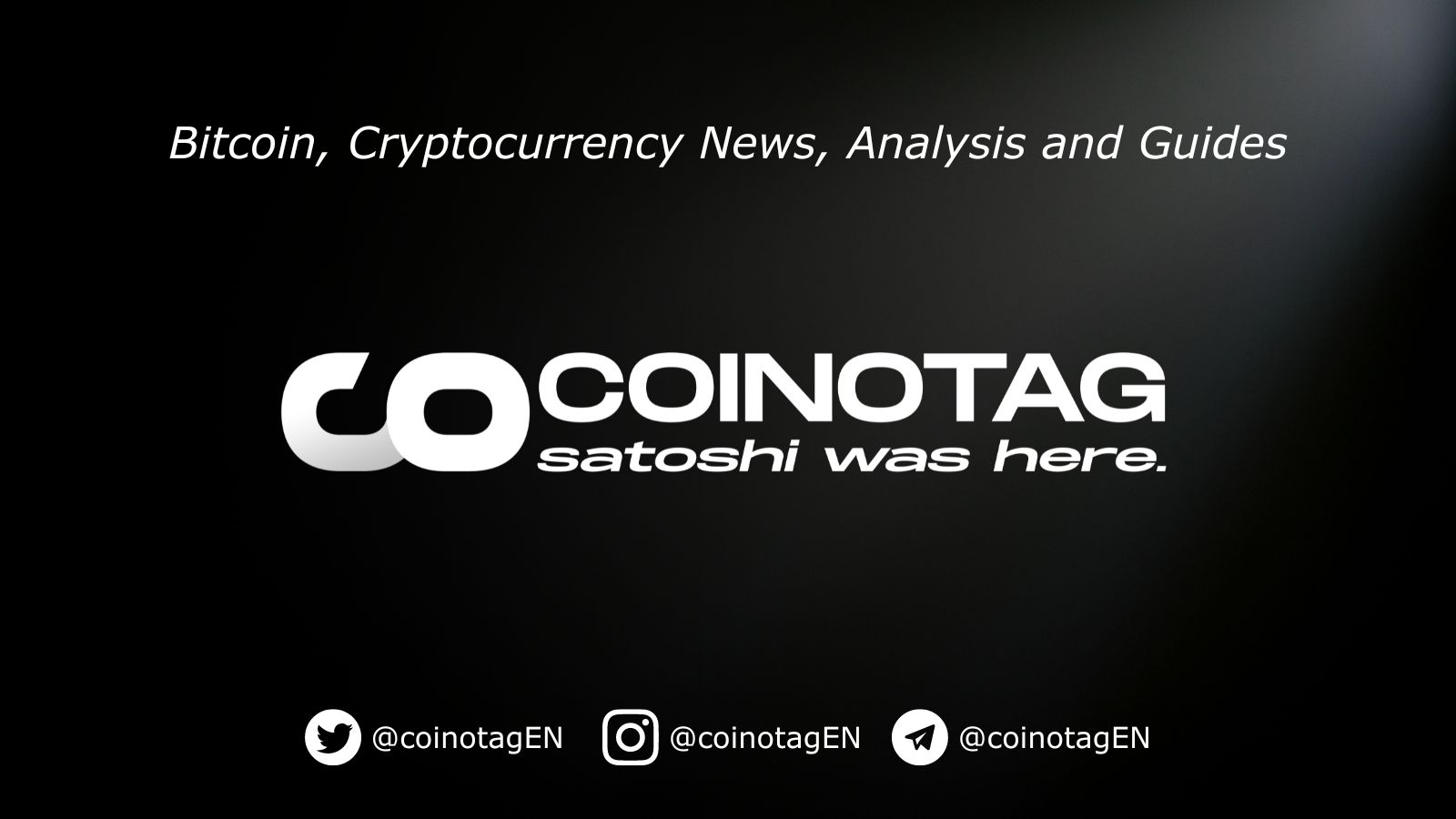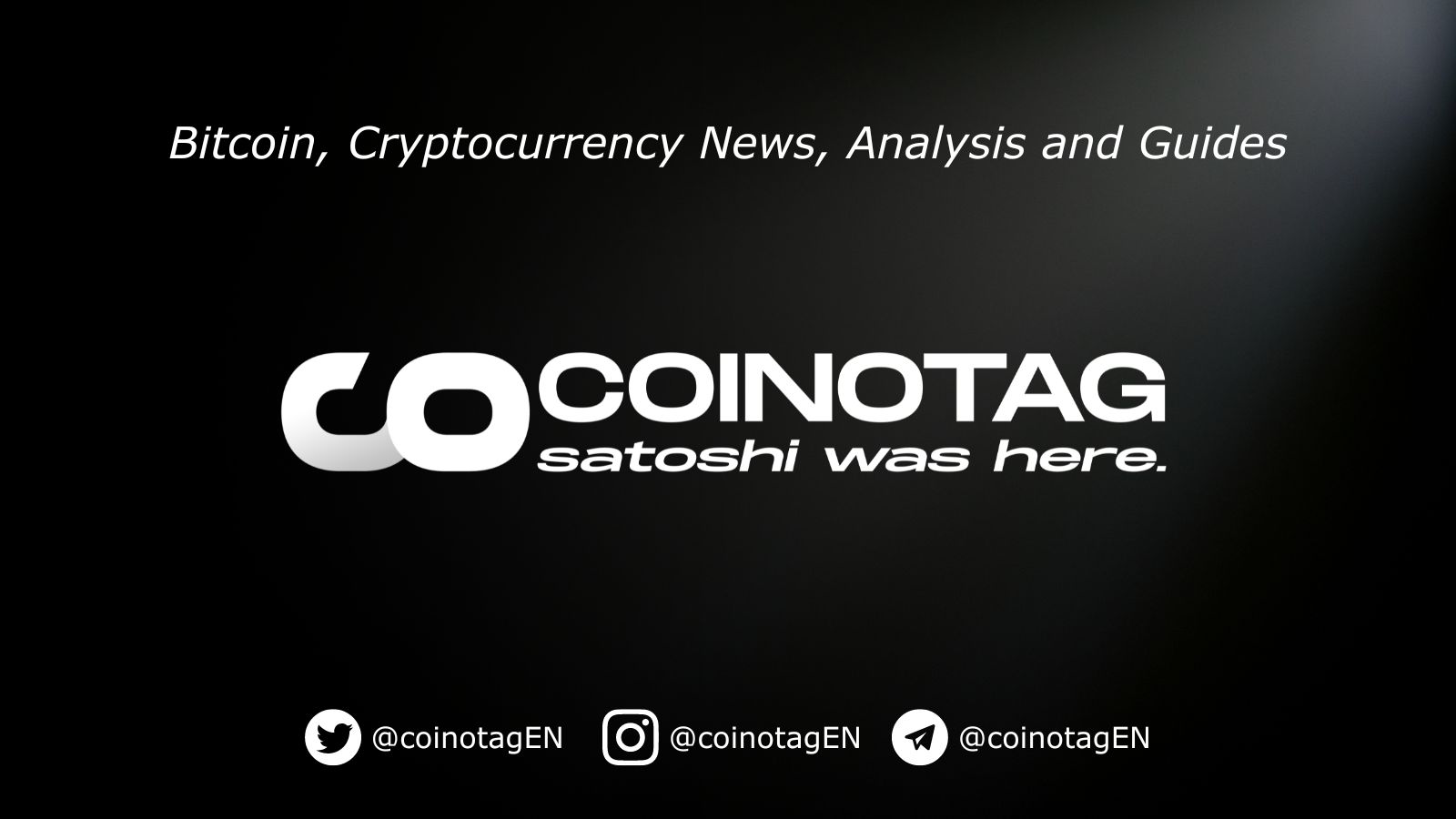
Ethereum’s decline in market dominance to an unprecedented low has raised questions about its future viability in the crypto landscape. The ongoing erosion of Ethereum’s market share highlights a significant
CoinOtag
You can visit the page to read the article.
Source: CoinOtag
Disclaimer: The opinion expressed here is not investment advice – it is provided for informational purposes only. It does not necessarily reflect the opinion of BitMaden. Every investment and all trading involves risk, so you should always perform your own research prior to making decisions. We do not recommend investing money you cannot afford to lose.
Week in Memes: Market Bloodbath and New Developments Shake the Meme Coin Space

The meme coin space had a terrible week as the market cap dropped -18%, now sitting at $46.99 billion. In the middle of this tumult, well-known projects PumpSwap and Pump(.)fun tried to get our attention with some new launches and updates. Even these, however, couldn’t change the market’s direction. And what is that direction? Well, it’s down, and it’s down at a pretty rapid pace. This is largely due to high-level global macroeconomic concerns and some political events that have stirred people up and made them worry about what’s happening with the economy. This week was, as they say, “not good” for the meme coin space. Market Overview: A Significant Drop in Value The meme coin market has taken a hard hit, with the overall market cap falling 18% in just a week. The market now sits at $46.99 billion, reflecting the broader bearish sentiment that has gripped crypto markets globally. This dramatic decline has impacted key players in the meme coin space, pushing them down in rankings and cutting into their recent gains. DeFiLlama, a popular DeFi analytics platform, saw its meme coin-related projects fall from the top spot to 10th place, marking a sharp drop in market dominance for the sector. The sell-off was set off by a ripple effect from former President Donald Trump’s announcement of reciprocal tariffs. That, in turn, led to a broader market-wide sell-off. This geopolitical move sent tremors across the markets, including crypto, as investors scurried to safer assets. The net result? A significant downturn in meme coin prices. Chain Performance: Some Bright Spots Amid the Chaos Although the entire market witnessed downturns, specific chains experienced some robustness. Solana (SOL) saw a slight increase, and certain coins like MEW (+13.5%) and WOULD (+9.4%) distinguished themselves as uncommon victors amid the widespread decline. Binance Smart Chain (BSC) was yet another chain where some tokens performed satisfactorily, TEST (+10%) and TUT (+70%) being two that did well, suggesting that investors are still quite interested in certain segments of the meme space. Ethereum (ETH) wasn’t untouched by the downturn, but many of its leading meme tokens were in quite a bit of trouble. PIKA (+5%) was one of the scant few tokens in the ETH-based meme project space that was making gains, and even then, you would describe it as modest, offering a small glimmer of hope for the projects period. At the same time, Tron (TRX) was seeing some lone positivity with its meme token, BULL (+5%), which emerged as the only winner in the week where tokens driven by hype and projects were having sharp corrections. Week in Memes: Pump(.)fun Launches PumpFi Lending, Markets Bleed 18%. Market plummets 18% to $47B! PumpSwap hits $3B volume! Pump(.)fun launches PumpFi lending! Let`s unpack this week`s meme turmoil 1/6 pic.twitter.com/aqqPTBIPUz — CoinMarketCap (@CoinMarketCap) April 4, 2025 Notable Declines: The Bloodbath Continues Negative aspects hit several leading meme tokens hard. POPCAT suffered the most substantial tumble, descending by 32.5%, with PENGU (-31.2%) and WIF (-29.2%) closely following. These tokens, which had shown remarkable advancements in the preceding weeks, found themselves in a significant rotation as investors retracted. FART (-28.6%) and SPX (-25.3%) also topped the list of tremendous losses, underlining the major market reversal since the recovery seemed to have been set in motion. Bitcoin ($BTC) and Ethereum ($ETH), the market leaders, both took big drops, pulling down the meme coin market with them. The pullback in these leading cryptocurrencies was largely due to macroeconomic concerns, and the resulting fear and uncertainty have now bled over into riskier assets like meme coins. Platform Developments: New Ventures and Risky Moves Even in these formidable market conditions, there were some noteworthy developments among projects during the past week. Pump(.)fun, a well-known meme coin platform, touted the launch of PumpFi, an undercollateralized lending product of sorts. This new offering allows users to pay a third of their loan up front, with the remainder due over the next 60 days. Whose bright idea was this, anyway? It seems that the initiative itself is innovative. Why, then, does it raise some concerns? For starters, it is credit card free and without the sorts of credit checks that most lenders require, which makes it a bit of a risk for both the user and the platform. In a significant development, meme-sharing platform 9GAG acquired Howkingtech, a company listed in Hong Kong, for $10.2 million. This acquisition appears to be part of 9GAG’s larger plan to transition from a meme-sharing platform to a platform that serves meme coins and meme-related businesses, which 9GAG now plans to do under the name “MemeStrategy”. MemeStrategy’s first significant move in its new dual role as regulator and enabler of the meme economy was to ensure that meme coins are not illegal or otherwise problematic, which it seems to have done, epigrammatically, by issuing a new guideline stating that it’s okay to serve up and invest in meme coins. So, what is a meme coin, anyway? Conclusion: The Meme Coin Roller Coaster The last week has displayed the pure volatility that exists in the meme coin market. Even with some new features and developments on the platforms, the overall market is still in turmoil. When you sell off the entire market triggered by some political event, it creates a tough situation for any investor. And then you add the meme coin factor to it, and it really is a tough time. Even as PumpFi and MemeStrategy push ahead with audacious plans, we do not know if these initiatives can counterbalance the overarching trend of a declining market. As the still-evolving sector of the meme coin space continues to move forward, it is vital for investors to remain vigilant and pay close attention to both the technological innovations that will shape the sector’s future and the broader external market forces that will influence the sector in the near term. Disclosure: This is not trading or investment advice. Always do your research before buying any cryptocurrency or investing in any services. Follow us on Twitter @nulltxnews to stay updated with the latest Crypto, NFT, AI, Cybersecurity, Distributed Computing, and Metaverse news ! CoinOtag

Ethereum’s Ecosystem Expands, But $ETH Struggles to Keep Pace: What’s Driving the Disconnect?
While Ethereum’s ecosystem is steadily growing, with great achievements in the burgeoning sectors of stablecoins and tokenized assets, its native asset, $ETH, has failed to keep pace with that growth. Instead, $ETH has languished and even dropped recently, with some crypto watchers suggesting it has hit a five-year low against Bitcoin when it comes to that asset’s trading ratio. Why is Ethereum’s ecosystem somehow expanding at the same time its core asset seems to be suffering? The latest “State of the Network” report from the crypto research firm CoinMetrics dives into this somewhat ironic situation. Ethereum’s Growth: Stablecoins, Tokenized Treasuries, and Layer 2 Developments The fundamentals of Ethereum are strong, and the network continues to set new and impressive records. The supply of stablecoins on Ethereum, for instance, recently hit a record high of around $130 billion. This stablecoin supply is a direct usage metric for Ethereum’s infrastructure, and it reinforces the narrative that Ethereum’s infrastructure is being widely adopted and trusted. It is also a reminder that, while the SEC is trying to delegitimize the way Ethereum has been governed and the way it has been upgraded, there are real, growing, and serious usage applications being built on top of Ethereum’s infrastructure. Besides stablecoins, Ethereum has witnessed substantial growth in tokenized assets. Tokenized assets such as BUIDL’s treasury above $1.8 billion are prime examples. Were it not for Ethereum, this development would be even too low-profile to mention. But given that the financial institution behind tokenized treasury BUIDL has recognized Ethereum as a secure platform for management and storage of its assets, employing Ethereum for such has to be deemed a potential game-changer. Ethereum’s growth has also seen major attention focused on Layer 2 (L2) solutions. These are the direct response to the need to scale up the network while minimizing the burden on Ethereum’s base layer (L1). The L2s have been thriving. They are still retaining huge margins—90% or more—and offering something that, for a long time, seemed unbacked: enhanced scalability with lower transaction costs. But this success is coming at a price for L1, which is main Ethereum network: the fees paid to the Ethereum base layer have dropped significantly. Why is $ETH underperforming while Ethereum’s ecosystem expands? In Q1 2025, Ethereum hit new highs in stablecoins and tokenized assets – yet $ETH fell to a five-year low vs. $BTC . The latest @CoinMetrics State of the Network unpacks the growing disconnect between Ethereum’s… pic.twitter.com/gWexEh9DLu — CoinMetrics.io (@coinmetrics) April 4, 2025 The Disconnect: Why $ETH Is Struggling Even with these positive events, in recent months $ETH has greatly underperformed, particularly compared with Bitcoin. The $ETH/$BTC ratio slipped to a five-year low just recently, which happens to be a pretty good indicator of how well Ethereum is performing relative to Bitcoin. (The lower the ratio, the worse Ethereum is doing.) This trend has some critics hollering that Ethereum is losing its edge over Bitcoin and is somehow becoming less valuable even as the Ethereum network itself is hosting an ever-growing list of assets. One big reason for this disconnect is the dropping revenue from the Ethereum network. The recent decrease in the fees from the Ethereum base layer has affected the demand for $ETH as a utility token. Ethereum’s Layer 2 solutions are now doing way more of the network’s work, meaning Ethereum’s native asset isn’t being used as much anymore, resulting in lower demand for $ETH. And without demand, there isn’t going to be much of a case for $ETH’s value beyond being a store of value. Compounding this issue is the evaporating rate of $ETH burn, which has dropped to about 70 ETH each day. This situation is now is turning Ethereum into an inflationary asset, with an inflation rate of 0.79% that seems to be going up. Long-term holders should be worried. The speed with which the price of $ETH can go up is governed by the amount of demand for the asset. If the supply is increasing at a rate faster than the demand is, well—goodbye, price. Looking Ahead: Ethereum’s Scaling Roadmap and Future Outlook In the face of short-term challenges, Ethereum’s strategy for long-term scaling remains on course. The imminent Pectra and Fusaka upgrades, which form part of Ethereum’s broad roadmap, are anticipated to tackle some of the present problems by not only augmenting blob capacity but also by driving demand for Layer 1 services. The very aim of these upgrades is to restore value accrual to $ETH by raising transaction throughput and pushing network efficiency to new heights. The Pectra upgrade, which is concentrated on enlarging blob capacity, is projected to alleviate congestion on the Ethereum network and make for a speedier, cheaper transaction experience. Fusaka, another critical upgrade, will push various enhancements to Ethereum’s consensus mechanism and allow for even more scalability of the network. These two upgrades taken together should result in an uptick of use of the Ethereum base layer. Although $ETH’s present performance is under par, Ethereum’s future seems bright. With big developments coming up, an ever-expanding ecosystem, and relentless innovation, both on Layer 1 and Layer 2, Ethereum is well set to bounce back from its recent woes. Investors, however, will need to channel their inner Job and be patient; the scaling and other necessary improvements are fairly afoot but will take time to translate into any real benefits for $ETH holders. Disclosure: This is not trading or investment advice. Always do your research before buying any cryptocurrency or investing in any services. Follow us on Twitter @nulltxnews to stay updated with the latest Crypto, NFT, AI, Cybersecurity, Distributed Computing, and Metaverse news ! CoinOtag











